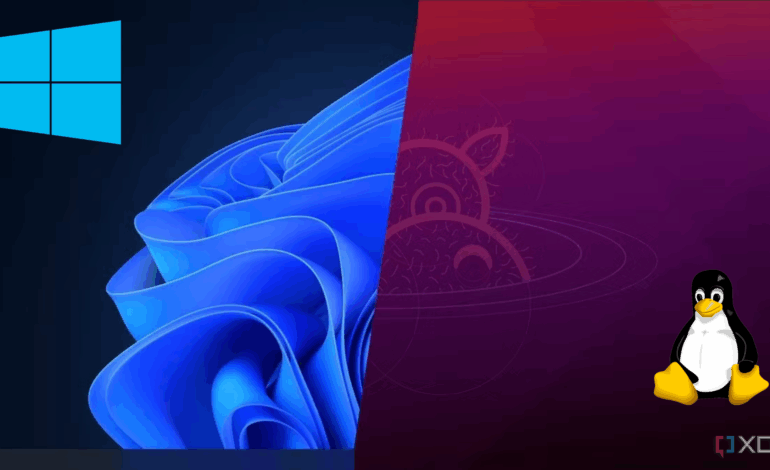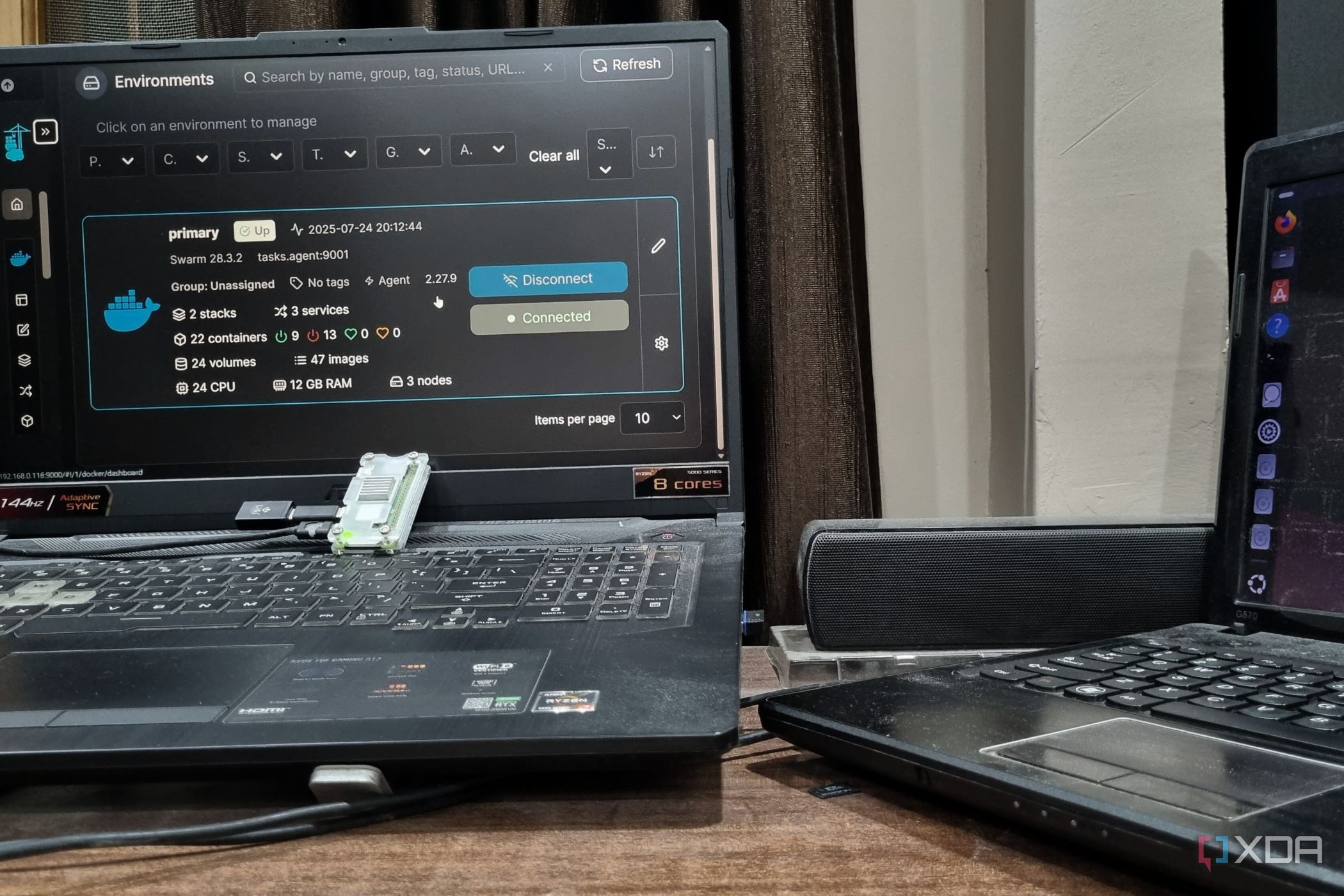Transitioning from Windows to Linux: Common Pitfalls to Avoid

Making the switch from Windows to Linux can be an enlightening experience, but it is not without its challenges. While the transition may not be as daunting as some anticipate, several pitfalls can complicate the process. Many new users overlook critical elements that can significantly affect their experience. Here are five common mistakes to avoid when moving to Linux.
Consider Creating a Home Partition
One of the first things to understand is the importance of a home partition. Initially, many users may not be familiar with this concept. A home partition is a dedicated space on your hard drive where personal files are stored separately from the operating system. This separation can be crucial if issues arise with the system or if you decide to switch to a different distribution.
Without a home partition, personal files remain on the same partition as the operating system. In the event of a system failure or during a reinstallation, users risk losing their valuable data. By setting up a home partition, you safeguard your files against potential mishaps, ensuring they remain untouched during system changes.
Establish Regular Backups
Another essential aspect of using Linux is the necessity of regular backups. Although Linux is generally stable, it can encounter issues that may not be user-related. Depending on the chosen distribution, these problems may occur frequently or infrequently.
Fortunately, creating backups is straightforward. Many Linux distributions, such as OpenSUSE Tumbleweed, include built-in backup tools like Snapper. If your distribution does not come with a backup utility, consider using third-party options like Rescuezilla for effective data preservation.
Explore Multiple Distributions
The diversity of Linux distributions is one of its most appealing features. Unlike Windows, which offers a single operating system, Linux provides numerous alternatives, each with its own unique interface and functionality. If your first choice does not meet your expectations, do not hesitate to experiment with other options.
For example, many beginners start with Linux Mint, a user-friendly option. However, if you find yourself dissatisfied with its features, there are countless other distributions available. After initially trying Linux Mint, some users may prefer alternatives like Fedora KDE, which offers a different user experience.
Seek Alternative Applications
Transitioning to Linux also involves rethinking your software choices. Many users attempt to install familiar Windows applications, such as Discord, only to find that they do not function as well as they did on their previous operating system. For instance, the Linux version of Discord may lack features present in the Windows version, leading to frustration.
In these cases, it is beneficial to research alternative applications that are optimized for Linux. In the example of Discord, users may discover custom applications like Vesktop, which provide a more seamless experience. Embracing new tools can enhance productivity and improve overall satisfaction with the Linux environment.
Embrace the Terminal
Lastly, the command line interface, commonly referred to as the Terminal, is an integral component of the Linux ecosystem. Many newcomers view it with apprehension, fearing that incorrect commands could disrupt their systems. However, the Terminal is a powerful tool that can simplify many tasks, including software installation and system configuration.
Gaining familiarity with the Terminal can significantly enhance your Linux experience. While it requires a learning curve, understanding its capabilities can empower users and transform their approach to system management.
Transitioning to Linux is undoubtedly a learning journey. By avoiding these common pitfalls, users can set themselves up for success and enjoy a more rewarding experience in the world of Linux.





